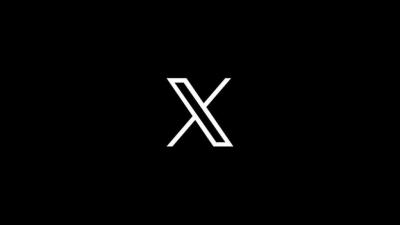X, formerly known as Twitter, is once again at the center of a free speech controversy. The Indian government has reportedly ordered the social media giant to block over 8,000 user accounts within the country. The directive comes amidst rising geopolitical tensions, notably between India and Pakistan, and has sparked widespread debate on digital censorship, transparency, and user rights.
This article breaks down the situation, examining the legal, ethical, and social implications of India’s directive, X’s response, and what this means for freedom of expression online.

India’s Directive to Block 8,000+ Accounts on X
The Scope of the Blocking Order
According to X’s Global Government Affairs team, the Indian government issued a legal demand to block access to more than 8,000 accounts on the platform. These accounts reportedly include:
-
Indian citizens
-
Political activists
-
International journalists
-
Media organizations
-
Influential content creators
What’s troubling is that, according to X, many of these blocks lacked clear justification or evidence of violating Indian laws.
Government’s Legal Leverage and Penalties
The government’s order carries serious consequences. If X fails to comply:
-
Employees in India could face imprisonment
-
The company could be fined heavily under India’s Information Technology Act
The order essentially places local X staff at legal risk, forcing the company to take action even as it disputes the directive.
X’s Response — Partial Compliance With Strong Opposition
Balancing Compliance and Principles
Although X has begun withholding the specified accounts in India, the company has openly expressed strong disagreement with the government’s demands.
“We believe the blocking of whole accounts is an excessive form of censorship that restricts both current and future expression,” X stated.
X has emphasized that maintaining platform access in India is critical for democratic discourse and the free flow of information, especially during times of national or international tension.
Transparency and Legal Hurdles
X has called for the public release of the executive orders to ensure transparency and public accountability. However, they are legally barred from publishing these orders under Indian law, highlighting the opacity of government directives in such matters.
Despite this, X has notified the affected users and encouraged them to seek legal remedies through Indian courts.
Legal Challenges and the Fight for Free Speech
X’s Limited Legal Standing
While X is evaluating all legal avenues to challenge the order, the company acknowledges its limited ability to contest Indian executive orders compared to local users.
To address this, X urges affected individuals to reach out directly to the Ministry of Electronics and Information Technology (MeitY) at cyberlaw@meity.gov.in.
A Delicate Balancing Act
This situation underscores a growing challenge faced by global platforms: complying with sovereign laws while preserving core principles of free speech. India, the world’s largest democracy, is also one of the most regulated digital markets globally.
Social media companies like X walk a tightrope—too much resistance can lead to government bans, while too much compliance risks losing user trust and global credibility.
Broader Implications for India’s Digital Landscape
Erosion of Online Freedom?
India has seen a notable increase in online censorship, particularly involving political dissent, news coverage, and international criticism. This latest order adds to concerns that the government may be using legal mechanisms to silence opposing voices under the guise of national security or misinformation control.
Impact on Journalistic Freedom
The inclusion of international news organizations in the blocking list raises red flags for press freedom advocates. It suggests that even globally respected news outlets may face government restrictions when covering politically sensitive issues in India.
What Users in India Should Know
If You’ve Been Affected
If your account has been withheld:
-
Check your notifications from X for official communication.
-
You can contact the Indian government at cyberlaw@meity.gov.in.
-
Consider seeking legal advice or filing a writ in court.
Use Caution and Stay Informed
The situation is fluid. While X continues to operate in India, it’s vital for users to stay informed about:
-
New IT rules or legislative changes
-
Updated community standards
-
Official government announcements regarding digital platforms
The Road Ahead for X and Digital Rights in India
As X navigates this legal and ethical dilemma, the broader question looms: Can a balance be struck between government oversight and digital freedom?
The answer will shape not only how platforms operate in India, but also how global tech firms respond to authoritarian leanings in democratic environments. For now, users and platforms alike must remain vigilant, informed, and engaged.
FAQs
Q1. Why did the Indian government ask X to block 8,000 accounts?
The Indian government issued the directive citing alleged violations of local laws. However, X claims no clear explanation or evidence was provided for many accounts.
Q2. What kinds of accounts were blocked?
The list includes accounts of Indian citizens, journalists, news organizations, and international figures active on X.
Q3. Has X complied with the order?
Yes, X has started withholding these accounts in India while expressing disagreement and exploring legal challenges.
Q4. Can affected users take legal action?
Yes, X encourages affected users to contact MeitY directly and seek legal remedies through the Indian court system.
Q5. Will this impact X’s presence in India?
While X remains operational in India, ongoing legal pressures and future compliance demands may affect its long-term presence or policy stance.




